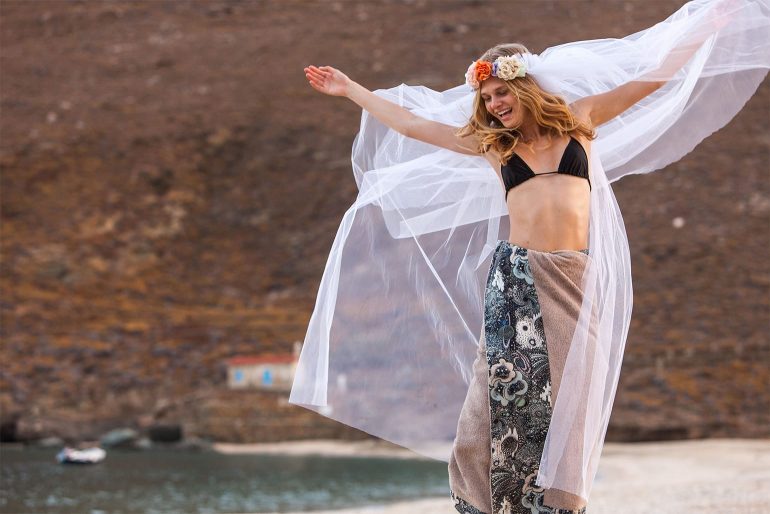Greece is one of the most popular wedding destinations in the world, and for good reason! Romantic sunsets, endless coastlines, and crystal clear waters make it an unforgettable experience. It truly is difficult to think of a more ideal place to express the eternal love of two people. In fact, there are many symbolic rituals in Greek weddings that match the beauty of the scenery. No, we’re not talking about “My Big Fat Greek Wedding” plate smashing. Here are some of the most timeless traditions and cool wedding gifts to consider once the bride (or groom) says “Yes!”
Setting the date
When it comes to Greek weddings, certain dates throughout the year are considered good luck, while others are avoided. January is considered a good month. Though many no longer make the connection, this tradition goes back to the ancient Greeks, as it was the month dedicated to the Greek goddess of marriage and fertility, Hera, wife of Zeus. Today, it’s a way to bring in the New Year with new hope and promise for a fulfilling future. June is also an auspicious month. The Romans had Juno, the equivalent of Hera, and dedicated the sixth month of the year to her. These days, we mostly love June for weddings, as it is warm, but not too hot and most of the guests are not away on vacation yet. Forbidden dates include the first two weeks of August, as it is devoted to celebrating the Virgin Mary, the forty days preceding Christmas, the forty days leading up to Easter and other holy days such as August 29th and September 14th.
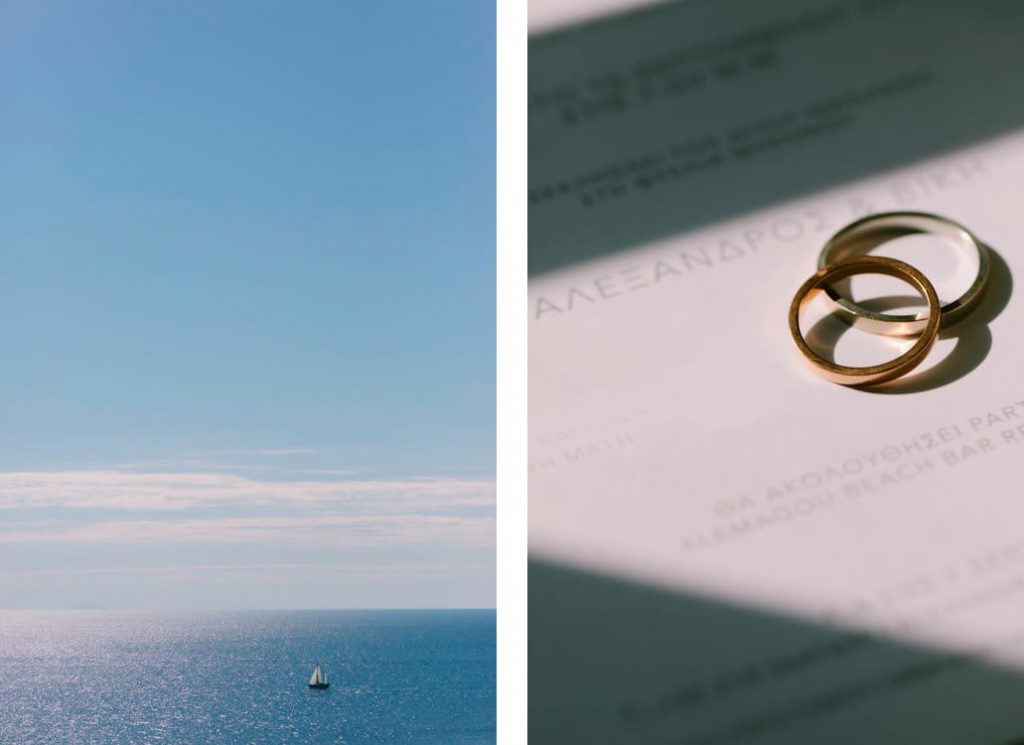
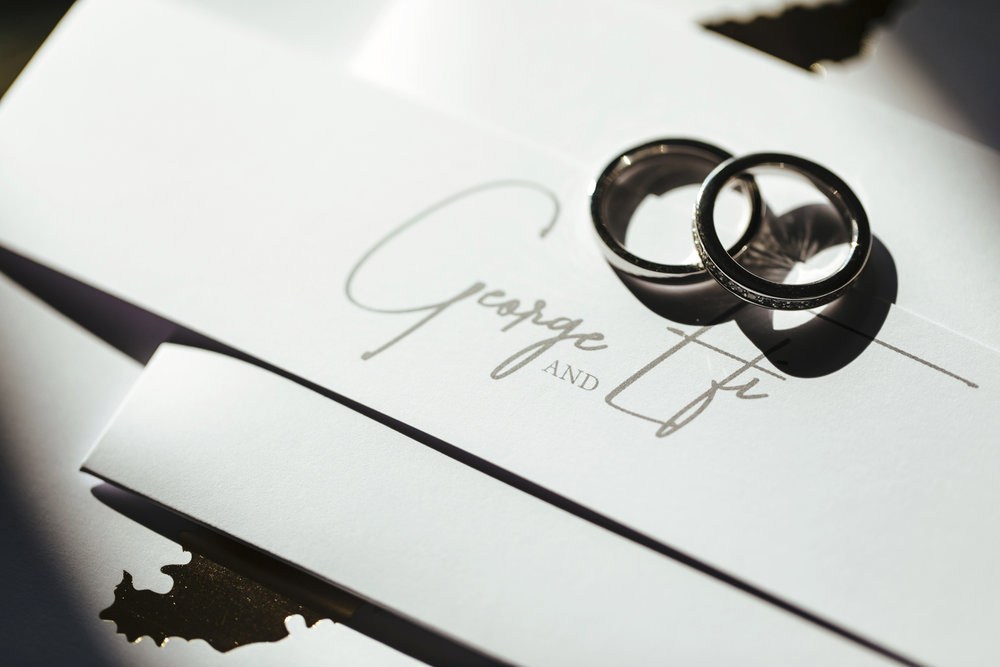
Making the marital bed
For some, making the marital bed or krevati is somewhat of an outdated tradition, but many families still go through with this pre-wedding ritual. And, it definitely takes a village to pull it off! Friends and family go to the soon-to-be-married couple’s home and all the single women make the bed with new sheets. The groom will proceed to ruin all their hard work (in jest) until they make it “properly”. Then, money and rice, which symbolize prosperity and setting strong roots, are thrown on the bed by the rest of the guests. Finally, a baby will be rolled onto the bed to bless it with fertility. Superstition has it that the baby’s sex will determine whether the couple will have a boy or a girl.
Preparing the bride and groom
On the morning of the ceremony, the bride and groom get dressed in separate homes. The groom’s friends help him get ready. One may help him tie his bow while another assists him in putting on his blazer. The best man, or koumbaro, is given the job of shaving the groom, an act that symbolizes the bond and trust shared between the two men. At the bride’s home, her friends and the maid of honor, or koumbara, help her get ready for the ceremony as well. The bride then writes the names of all the single women on the bottom of her shoe. After the reception, those whose names have worn off are said to marry soon. The newlyweds also present the koumbaro and the koumbara with a very special gift, usually a piece of jewelry, but more and more couples are starting to get creative with their gifts depending on the theme and location of the wedding. Of course, the same applies to the best man and maid of honor’s gift to the newlyweds. That’s why we created our unique and unconventional Wedding Gift Box. Consisting of two Sun of a Beach towels, beautifully packaged and elegantly presented in our special gift box, it is guaranteed to make any couple dream of their upcoming honeymoon… or summer vacation!

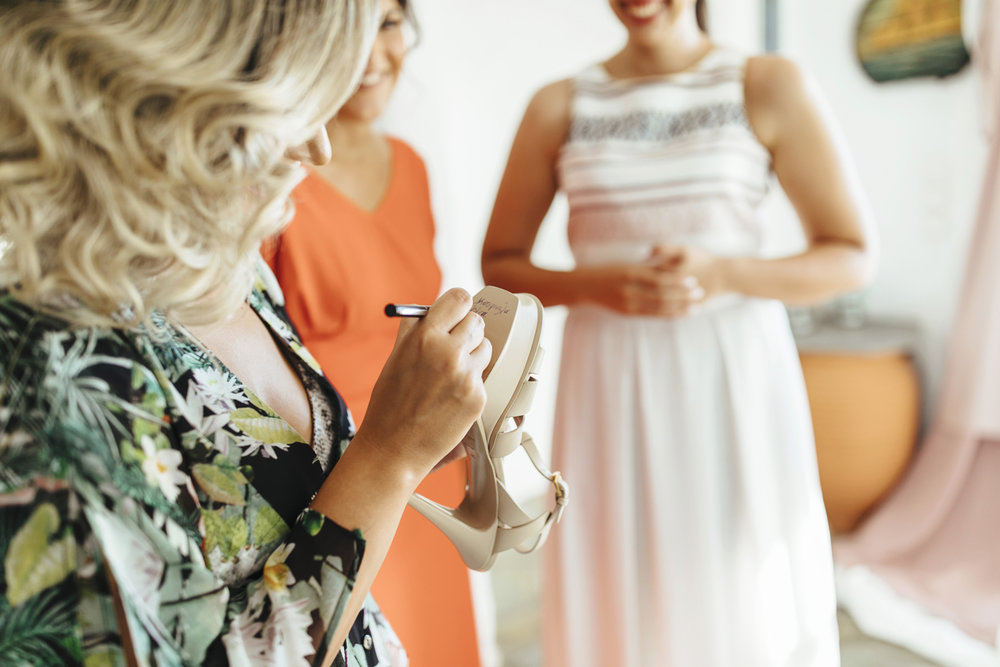
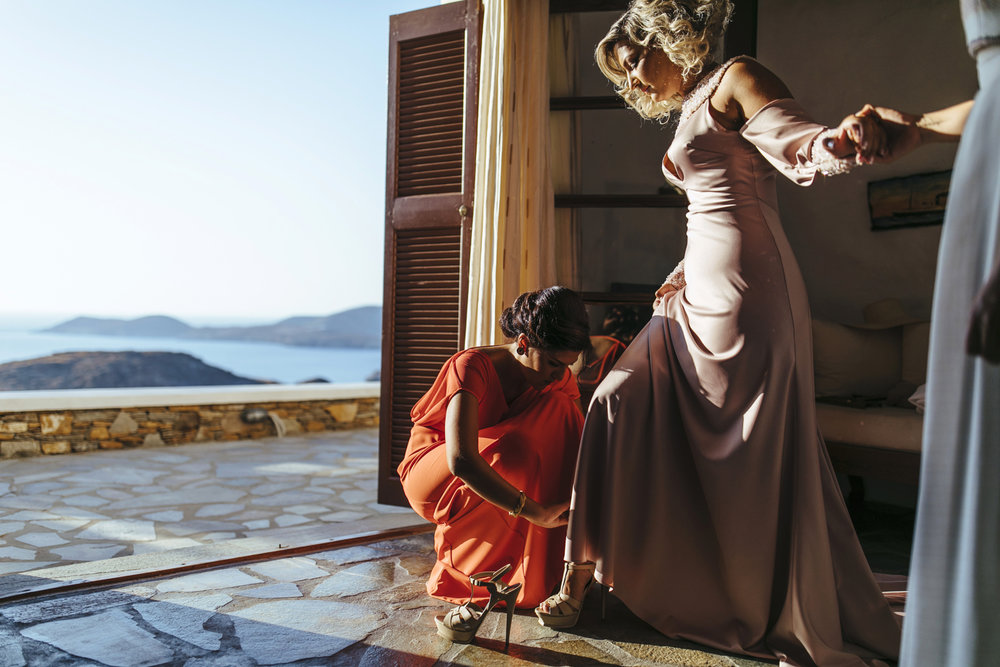
The wedding ceremony
Ceremonies that follow the rituals of the Greek Orthodox Church include symbolic elements, such as the marital crowns, or stefana. These are usually two intricately designed head-crowns decorated with flowers, foliage, or even precious metals, joined together by a ribbon. Symbolizing the union of two people into one, the crowns are swapped on the couple’s heads three times by the koumbaro and koumbara as a demonstration of their spiritual bonding. The couple then walks around the altar three times to represent their future life together. These first steps together as a unit is called the dance of the Isaiah and at this stage, guests throw rice at the couple for fertility and prosperity. Another ritual is that of the common cup. The priest pours wine into a single glass from which the couple takes three sips each as a way to seal their shared life together. And lastly, another major element is the candles, which are held by the couple throughout the ceremony. These candles must always be completely used and never thrown away.
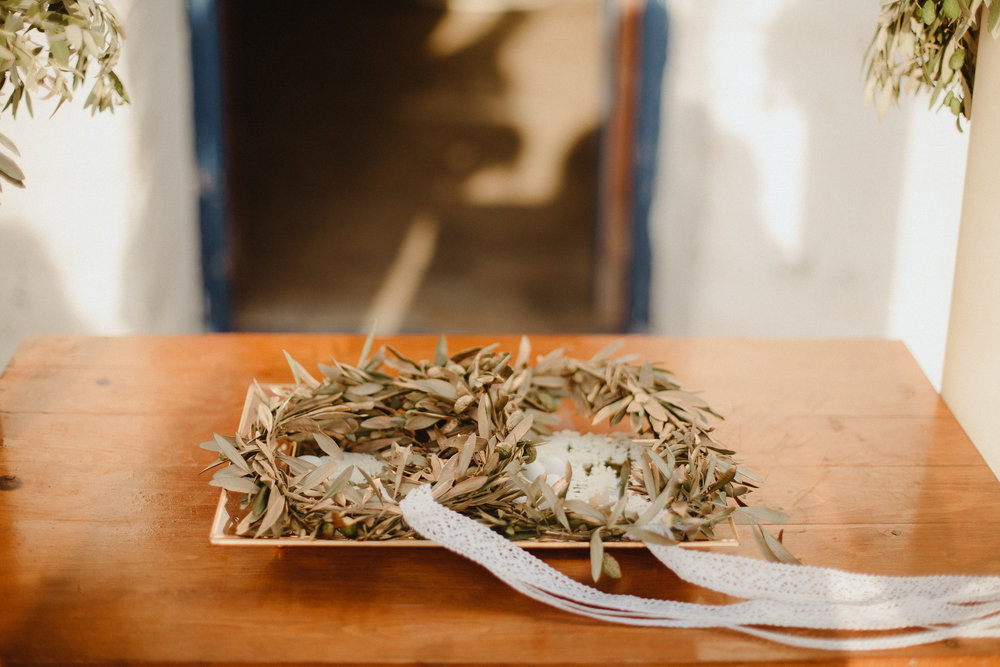
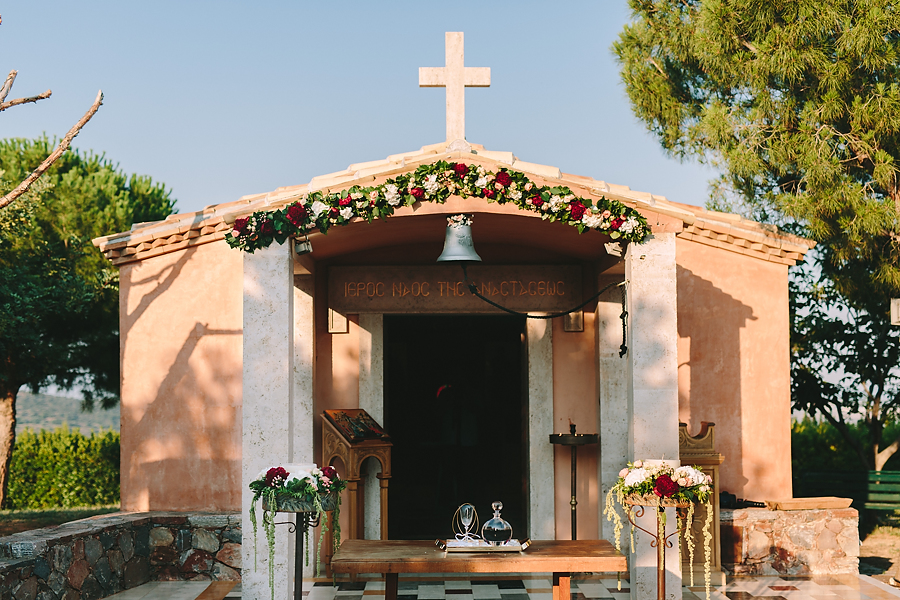
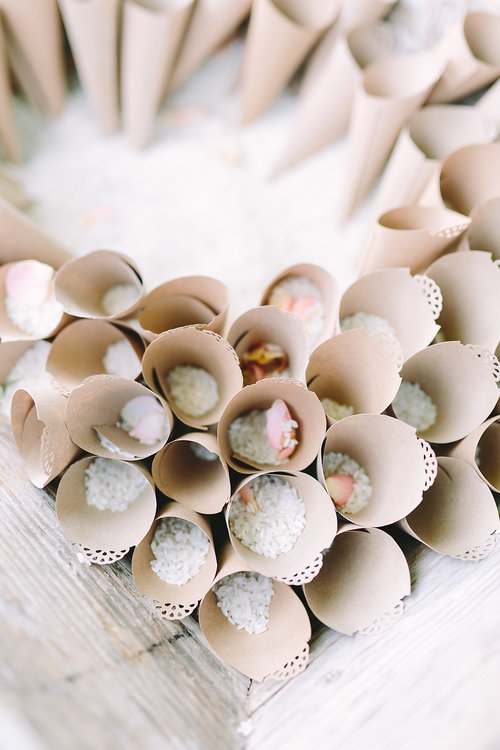
Gift giving
No one leaves empty handed from a Greek home or wedding! Sugar-coated almonds, or koufeta, are given to guests after the wedding ceremony. These “candies” are usually presented in a small pouch and are always an odd number since odd numbers cannot be divided. The egg-shaped almond represents fertility, while its hardness is a symbol of endurance, and the sugar coating is a way to ensure a sweet life for the couple. In the old days, koufeta were merely almonds covered in honey. It’s believed that if a single person places three koufeta for three days under his or her pillow they will dream of the person they will someday marry. In addition to the classic wedding candies, guests’ gifts may include a small jar of honey, a miniature bottle of wine, candles, dried herbs, or even one of our custom-made goodie bags that include a small embroidered Sun of a Beach towel placed in our chic reusable burlap bag. It can be whatever the couple believes will showcase the essence of their union in the best possible way.
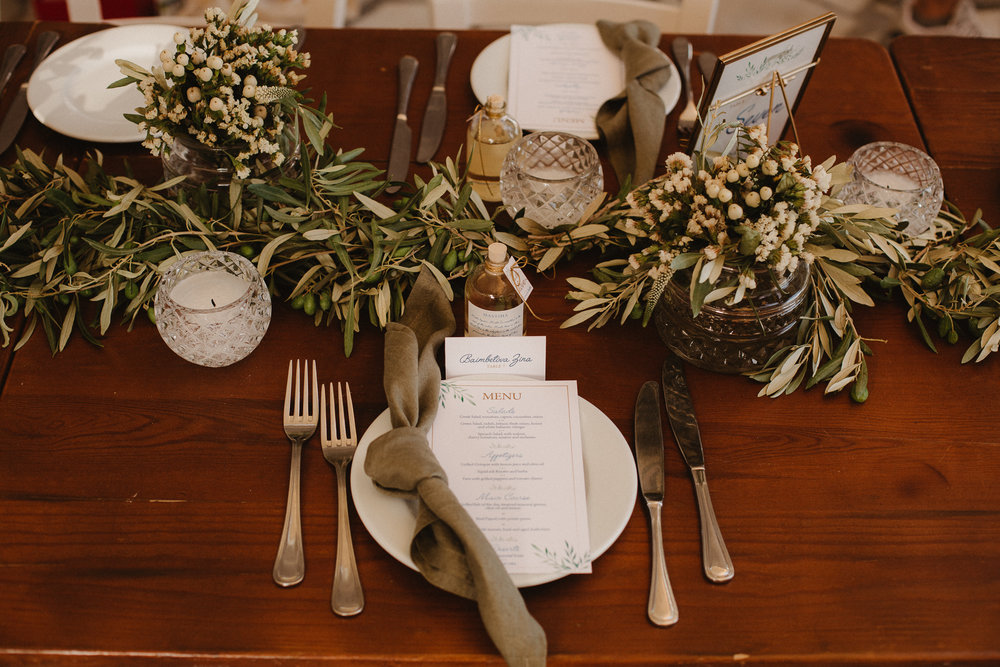
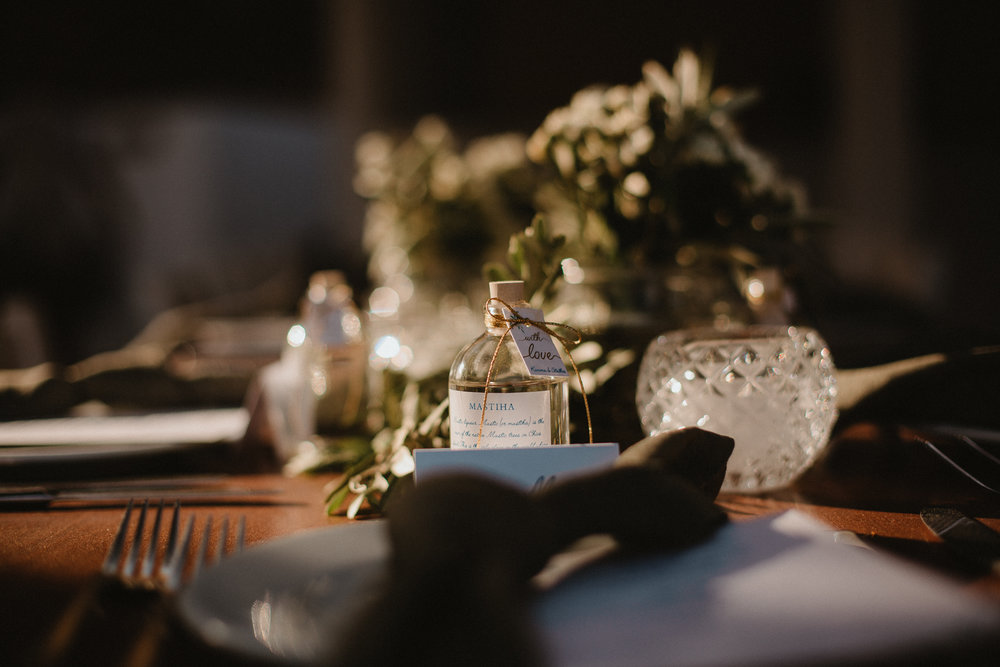
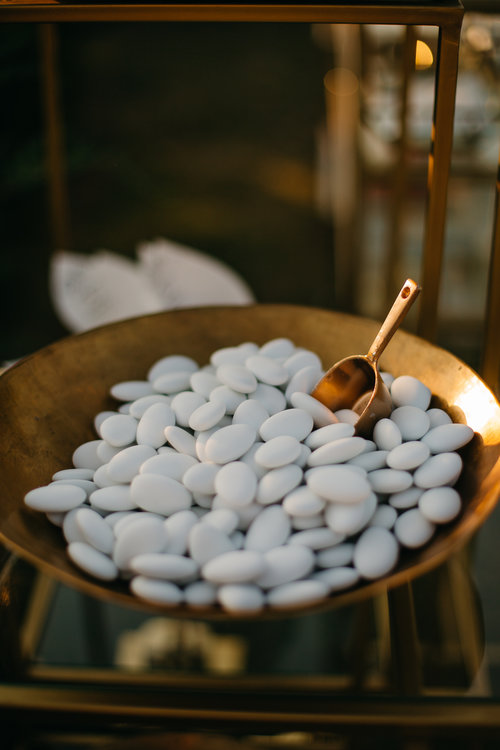
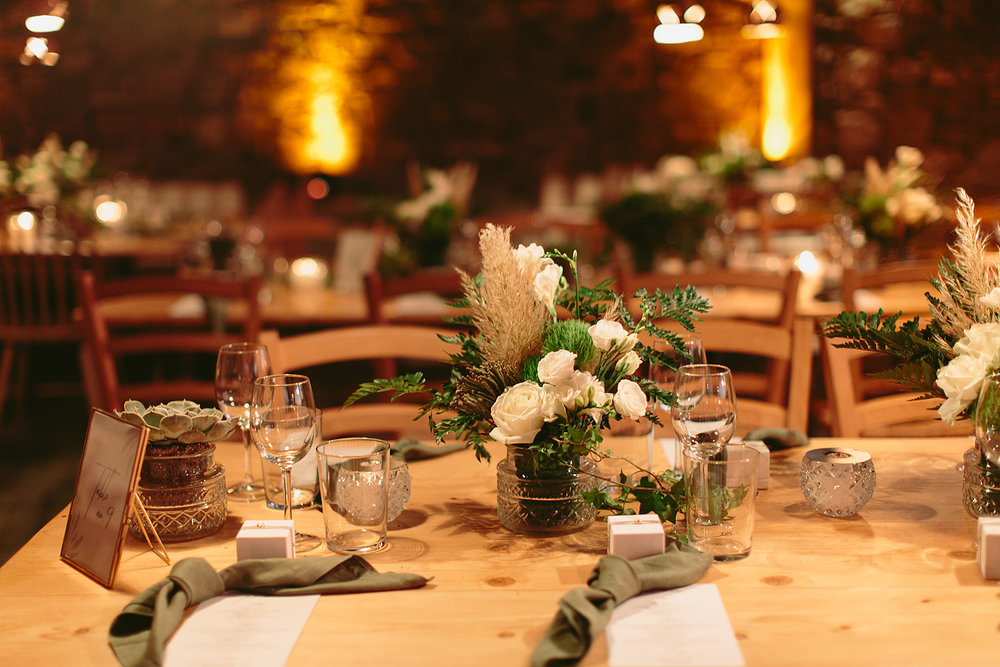
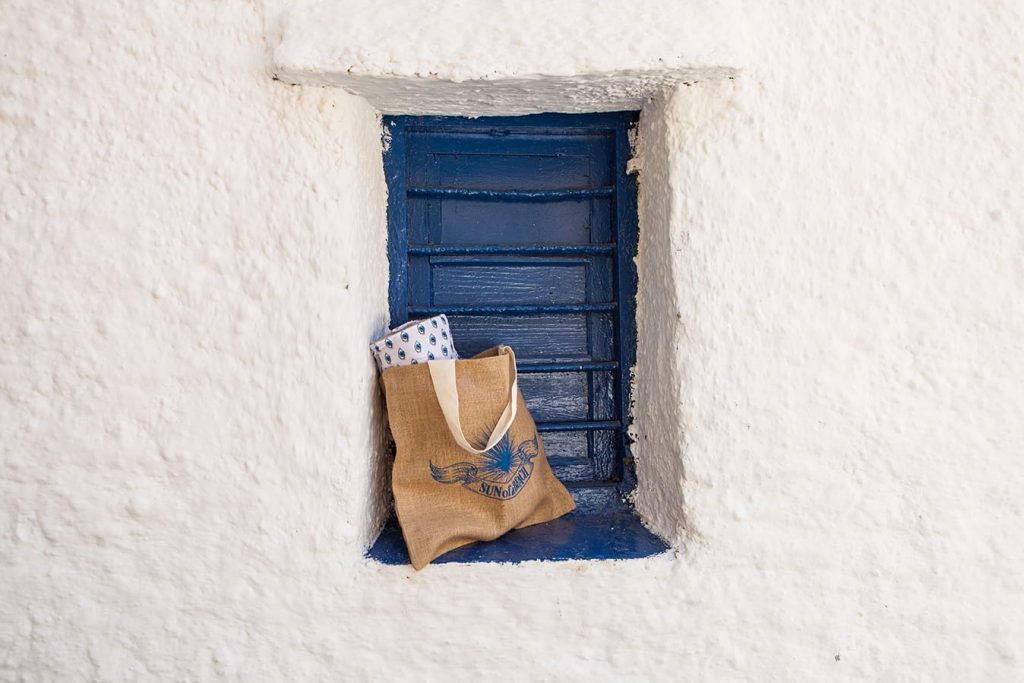
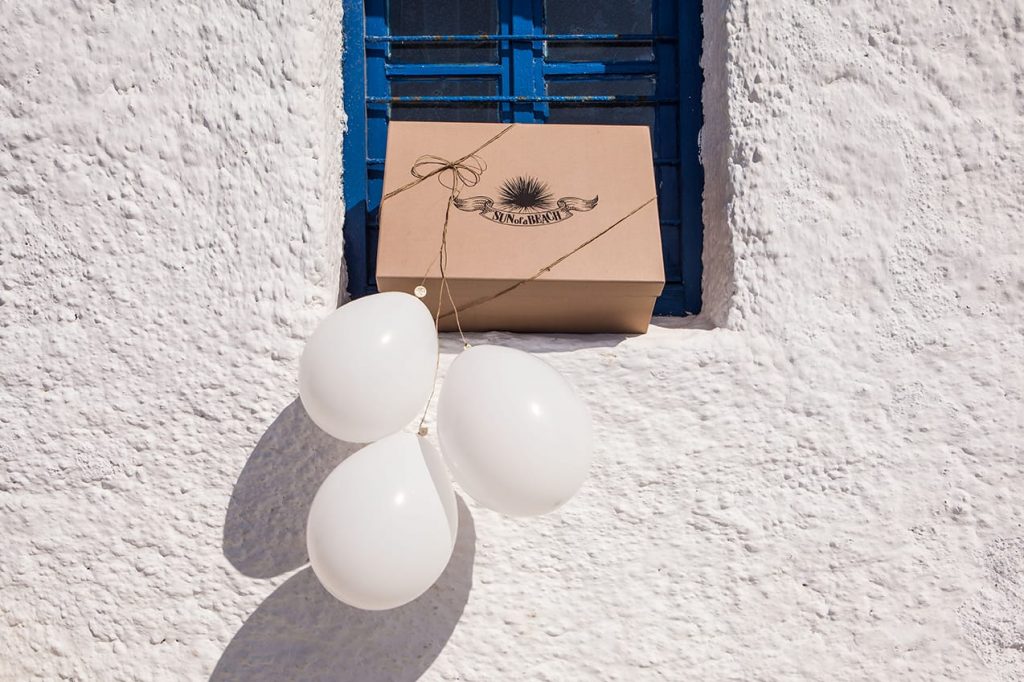
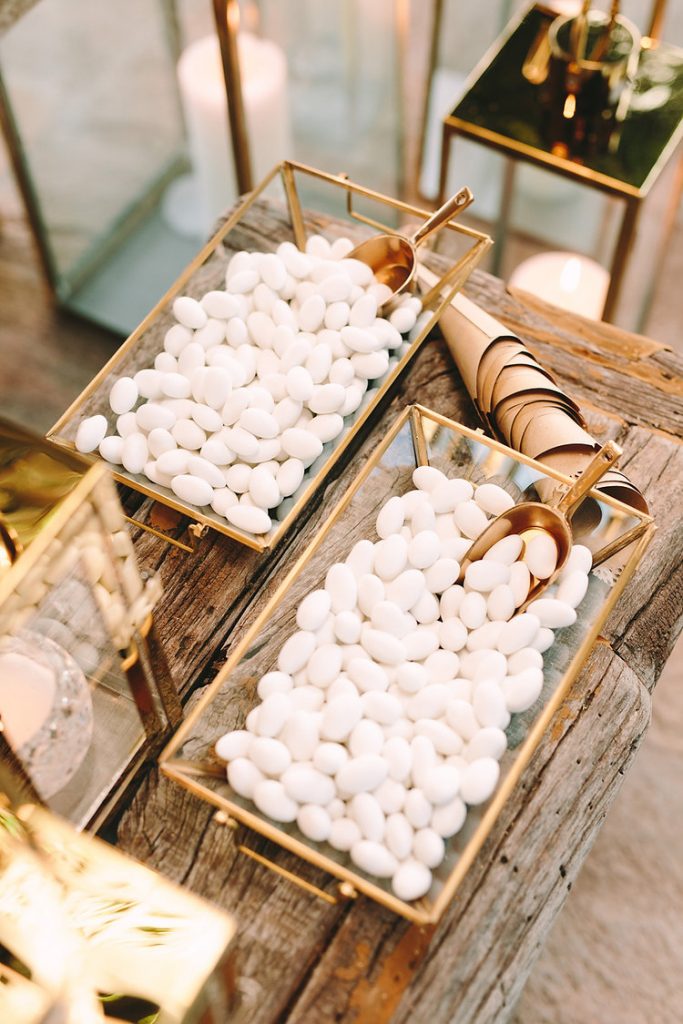
Images courtesy of premier event planning firm SilkenTile
